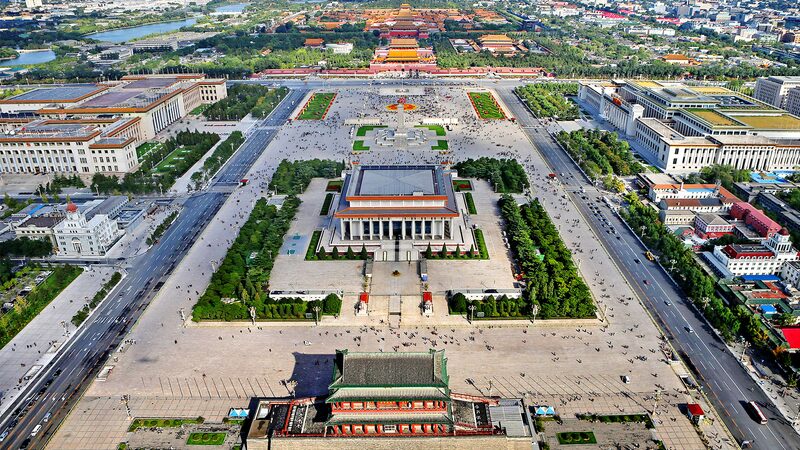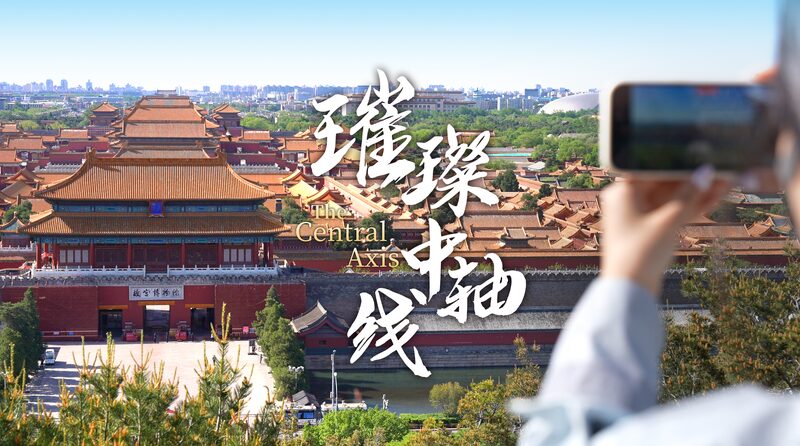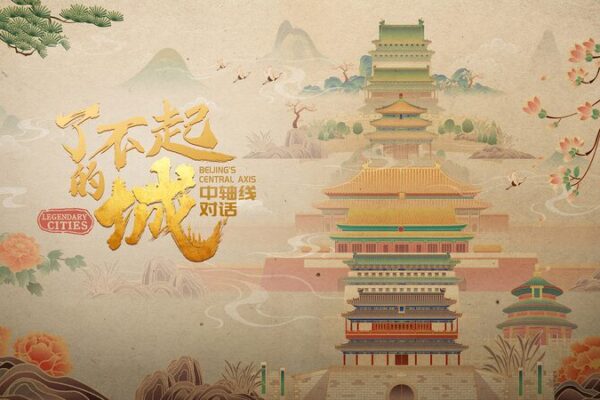Beijing’s Central Axis Joins UNESCO World Heritage List
On July 27, at the 46th UNESCO World Heritage Conference held in New Delhi, India, Beijing’s historic Central Axis was officially added to the UNESCO World Heritage List. This significant recognition highlights the cultural and historical importance of the Central Axis, a line that runs through the heart of China’s capital city.
We spoke with Professor Lyu Zhou, head of the Beijing Central Axis World Heritage application team and director of the National Heritage Center at Tsinghua University, to learn more about the preservation efforts and the axis’s role today.
A Living Symbol of History
“The Central Axis is not just a relic of the past; it’s a living part of Beijing’s urban landscape,” Professor Lyu explained. “It represents the city’s development over centuries and continues to influence how Beijing evolves.”
Stretching 7.8 kilometers from Yongding Gate in the south to the Bell Tower in the north, the Central Axis encompasses some of Beijing’s most iconic sites, including the Forbidden City, Tiananmen Square, and the Temple of Heaven. These landmarks reflect traditional Chinese concepts of urban planning, symbology, and harmony with nature.
Preserving Heritage Amid Modernization
As Beijing continues to modernize, preserving the Central Axis has been a priority. “Balancing urban development with heritage conservation is challenging,” said Professor Lyu. “But it’s essential to maintain our cultural identity and share it with the world.”
The addition to the UNESCO list is expected to boost awareness and support for preservation efforts. It also opens opportunities for educational programs and cultural exchanges, allowing young people globally to connect with Beijing’s rich history.
Inspiring the Next Generation
“We hope that the recognition of the Central Axis will inspire youth in China and around the world to appreciate and protect cultural heritage,” Professor Lyu added. “It’s a shared responsibility that transcends borders.”
The Central Axis stands as a testament to China’s historical legacy and its enduring relevance in today’s world. Its UNESCO inscription marks a new chapter in sharing Beijing’s story with a global audience.
Reference(s):
cgtn.com








